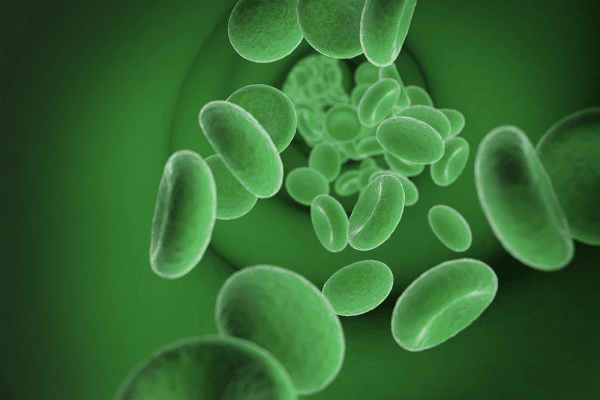Because of their lipophilicity, which is clearly a problem in aqueous environments like our bodies, and their first-pass metabolism, the low bioavailability of cannabinoids such as cannabidiol (CBD) is a notorious roadblock to unleashing their full potential. Thus, scientists are constantly looking for novel ways of bypassing first-pass metabolism.
The Study
A group of researchers in Germany recently directed hopes toward a “novel self-emulsifying drug delivery system (SEDDS),” to improve CBD’s bioavailability when consumed orally. [1] Vesifact AG, the Swiss-based manufacturer of VESIsorb®, funded the investigation.
The study sought to determine the “pharmacokinetic profile of SEDDS-CBD in a randomized, double-blind, cross-over design in 16 healthy volunteers [8 men and 8 women] under fasted conditions.” The fasted conditions were necessary since food type and its fat content influences CBD absorption in our bodies, thus posing a variable that can skew results. The CBD dosage was 25 mg. The researchers used a hemp extract diluted with medium-chain triglycerides (MCT) as a control.
More on SEDDS
SEDDS, which are “mixtures of oils, surfactants and optionally contain hydrophilic solvents,” are meant to provide cover, so to speak, for CBD, almost all the way to the blood vessels. These SEDDS utilized the proprietary VESIsorb® formulation technology, which includes “food emulsifiers, edible vegetable oils, and fatty acids.” Gastric or intestinal fluid triggers a spontaneous reaction in SEDDS, causing it to form tiny droplets, which solubilize CBD and disperse “across the aqueous lumen of GI-tract to the surface of the enterocyte.” Enterocytes are cells that line the inner surfaces of the small and large intestines. Once there, the CBD molecules separate from the droplets and go to the enterocyte membrane before reaching blood and lymphatic vessels. This step-by-step process is the result of tailoring SEDDS formulations to each active ingredient and a precise design that leaves nothing to chance.
“The compositions of SEDDS as well as the resulting droplet size and size distribution formed upon emulsification have been shown to influence the performance of the system regarding bioavailability enhancement.”
Pharmacokinetic Parameters
Pharmacokinetic parameters used to measure the effectiveness of this novel approach revealed “increased CBD plasma values (Cmax), favorably enhanced bioavailability (area under the curve, or AUC) and fast absorption (tmax).” Cmax just refers to the peak concentration that a drug achieves in serum prior to the second dose; tmax provides the time needed to reach Cmax. The speed of absorption, which is another element with practical significance (especially to medical CBD users), was also monitored, as well as the effects’ variations among the different participants — an aspect that can often go overlooked but is actually a serious cause of reservation for many people.
“Single oral administration of SEDDS-CBD led to a 4.4-fold higher Cmax and a 2.85- /1.70-fold higher AUC 0–8h/AUC 0–24h compared to the reference formulation,” while “Tmax was substantially shorter for SEDDS-CBD (1.0 h) compared to MCT-CBD (3.0 h).” So, more CBD made it into the bloodstream over a lesser timeframe.
Findings
Although both MCT-CBD and SEDDS-CBD had high inter-individual variability in bioavailability, the quick onset was uniform for SEDDS-CBD. Women had significantly higher bioavailability than men; however, differences were less pronounced for SEDDS-CBD compared to the reference formulation. [1]
Overall, the results of the study were more than promising on all levels.
Reference
- Knaub K, et al. “A Novel Self-Emulsifying Drug Delivery System (SEDDS) Based on VESIsorb® Formulation Technology Improving the Oral Bioavailability of Cannabidiol in Healthy Subjects.” Molecules, vol.24, no.2964, 2019. Journal Impact Factor = 3.060
Image Credits: CBD Village












